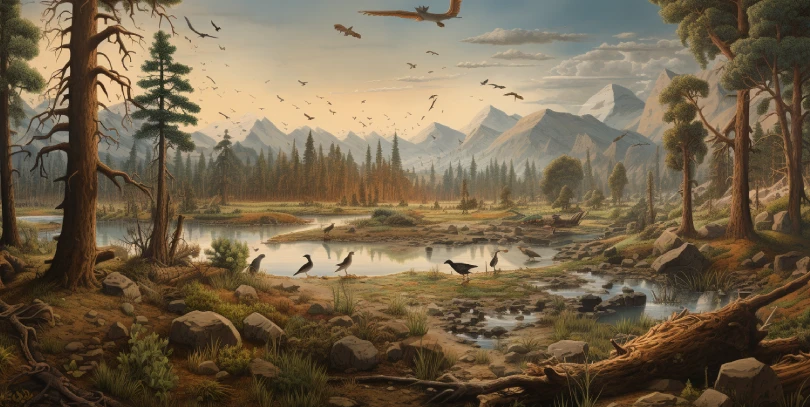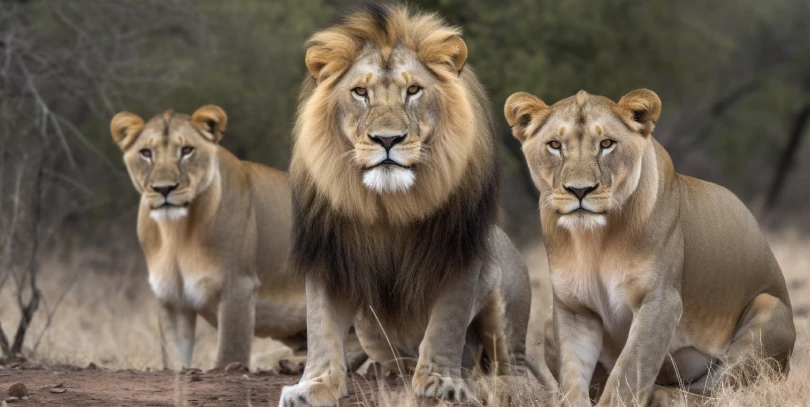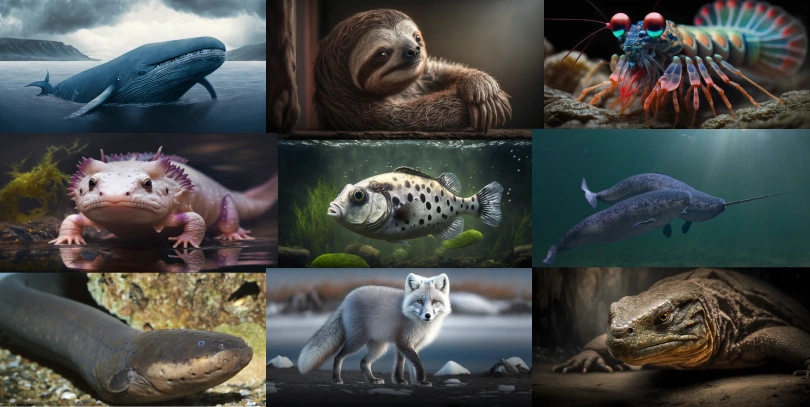Ecosystems are the life-support systems of our planet, providing us with food, water, clean air, climate regulation, and many other benefits. However, human activities have degraded and destroyed many ecosystems, threatening the biodiversity and well-being of all living beings.
- The United Nations Decade on Ecosystem Restoration is a global initiative to revive battered terrestrial and marine habitats, from mountains and mangroves to forests and farmlands.
- Restored ecosystems are a refuge for many endangered species.
- Habitat restoration helps people too. Restoration creates jobs—an average of 15 jobs per $1 million invested. Restored coastal habitats provide clean water, support fish and wildlife, and protect coastal communities from storms. They also support boating, fishing, and tourism.
- Habitat conservation and restoration efforts use science-based strategies and are focused on four priority habitat restoration approaches, where they can have the biggest impact on fishery production.
- Habitat is vulnerable to pollution and other threats. Yet some problems can be minimized, or even avoided, by protecting habitats. Damaged habitat might take decades to recover—if it recovers at all. Preventing harm is a wise investment.
- Successful, large-scale restoration efforts will require robust, science-based practices that consider the fundamental question: “to what time point should we restore?”.
- Restoration has sought to replicate what was lost and to recover properties of populations or communities (species, structure, ecosystem services) to historic states that are putatively adapted to extant environmental conditions.
- There is an urgent need for marine restoration initiatives to combat and reverse existing habitat loss.
- Restoration efforts are underway to counter the severe fragmentation of biodiversity hotspots. They include the regeneration of forest on abandoned land and the creation of wildlife corridors between protected areas, strategies that are helping preserve predators like near-threatened jaguars and margays.
- Efforts are also being made to restore seagrass meadows in the ocean, which are essential for marine species, including dugong as well as the fish that support coastal communities around the globe.
- Restoration of freshwater ecosystems is critical because rivers and freshwater ecosystems are the most threatened habitat type on Earth.
- Restoration of the “Lungs of North America” is critical to ensure the survival of the boreal forest, which is home to billions of birds and mammals, including caribou, wolves, and grizzly bears.
- Restoration of tuna populations is being achieved through community, science, and innovation, with long-term profits directed to climate resilience projects for low-lying communities.
- Restoration of Central American rainforests is being achieved through permanent protection of forests teeming with wildlife.
- Successful restoration depends on adequately addressing environmental factors such as sea level, wildfires, and climate, as well as the importance of soils and how they can be restored to sustain healthy ecosystems.
- The role of various levels of government, businesses, individuals, and Indigenous groups is critical in restoring ecosystems.
- Restoration of degraded ecosystems can help promote resilience to climate and anthropogenic change and reverse biodiversity loss.
Sources:






